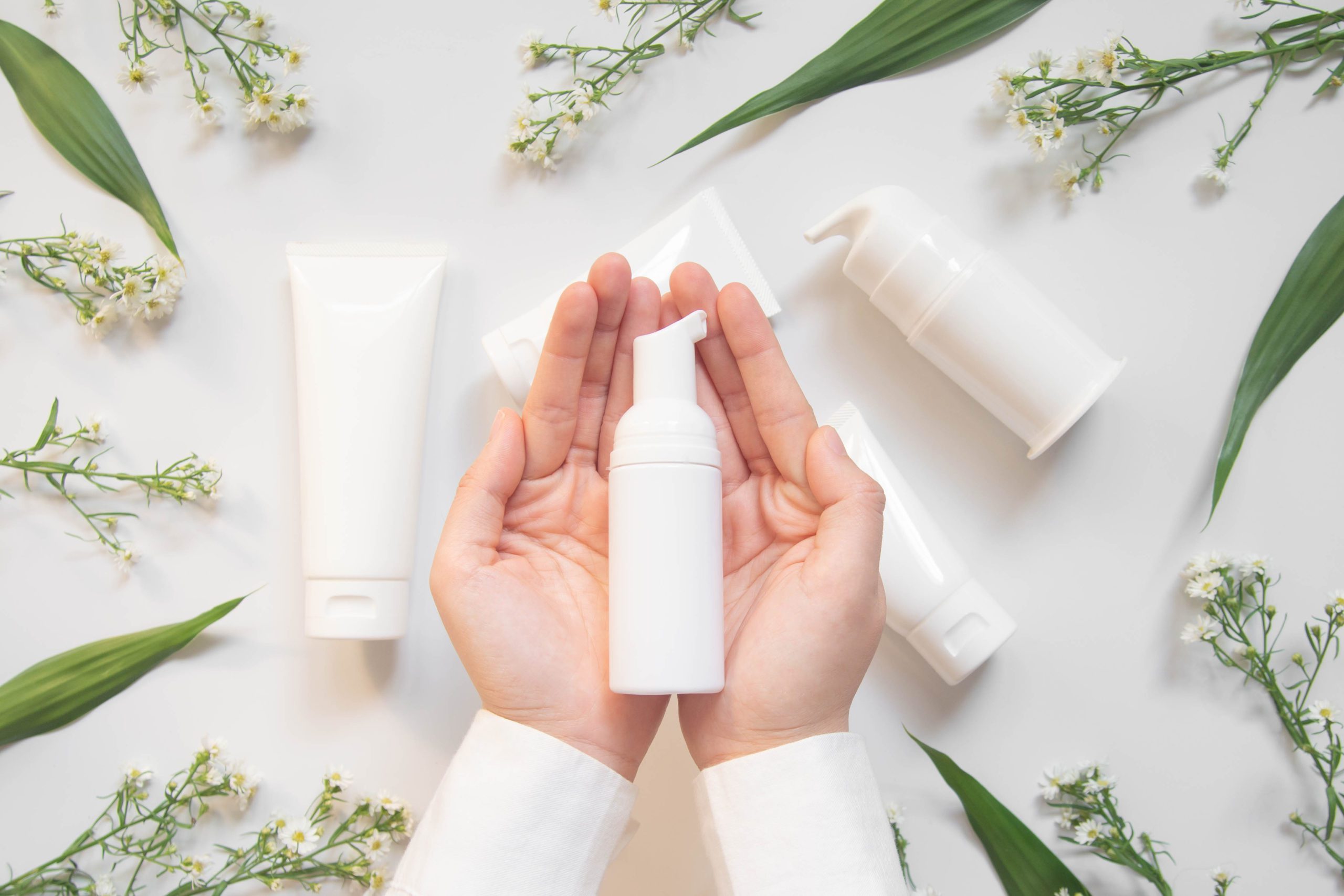Cosmetics have the advantage of giving consumers a sense of empowerment over their appearance, the freedom of choice, and the ability to experiment without too much damage to our skin and budget. Due to their large range of applications and relative ease of production, cosmetic consumers are spoiled for choice and any one product can easily be drowned out amongst the noise of their competitors.
With many brands both old and new, the competition has never been fiercer. Embarking on the journey of creating new cosmetics is not as easy as mixing a couple of good ingredients together with some advertising! Many brand owners out there will agree. In fact, with time and experience, everyone realises the significant impact of all other business aspects, from formulation to product testing, insurance, marketing, social media, distribution, and more. The truth is that for brands to succeed, it requires an incredible amount of time, resources, money, and luck. And even this will not ensure your success.
How exactly then is one to stand out to consumers? The first step is to identify the type of consumer you wish to target. Think to yourself the myriad of behaviours that could result in a sale. Some heavily value brand loyalty, staying with their favourite brand over a number of years. Others may go with whatever catches their interest at the time of purchase, and more still might follow certain trends (natural, targeted treatments, multifunctional). Use of a certain product might spark an embrace of the philosophy, rationale, and story behind the brand. But at the same time, an unhappy or bored consumer may change their and move on to something else – and rightfully so!
Regardless of your target market, once identified you will want to utilise strategies that speak to them and align with their values. A common mistake is to adhere to a strategy that appeals to you, when you should really be thinking about reception from your target market. Detailed here are some general strategies regarding this process.
Be original
How many times have you visited a cosmetic brand website and read: “These products have been developed because such and such had tried EVERYTHING and nothing worked, so he/she decided to create their own products that really works!”
Or
“Our products are the are 100% vegan, organic, natural, clean, pure, non-toxic, botanical ingredient etc. with no nasty chemicals.”
Regardless of the accuracy of these statements, it is a fact that consumers tend to tune out when they hear or read the same thing over and over. It is probably fair to say that consumers deserve a bit more elaboration in an inventive way on what truly differentiate a certain product from other similar products in the market if they are to make the switch.
Be sure of what you are saying
Another common theme among products is their supposed focus on “ditching the chemicals”. The naturalness of a chemical has no bearing on how harmful it is, and yet we find claims that “chemicals that are found in skincare and household products can disrupt hormones and cause abnormal cell growth and range in effects like causing eczema, premature ageing, fertility problems, and even cancer.” As members of the Society of Cosmetic Chemists I believe that more should be done to address the issue of spreading misinformation so blatantly on public website.
Be knowledgeable or engage with professionals
It is also important to choose ingredients that have an abundance of studies behind them to support their efficacy or at least one robust clinical trial. Ideally, studies should also be repeated from time to time to establish whether the efficacy can be confirmed under different experimental conditions and for different populations. Unfortunately, some raw materials come with data from very small or poorly designed studies. Although the graphs and images focus on great visual impact, it’s important to thoroughly understand if the data is reliable and interpreted correctly. Indeed, a key element of a good scientific study is the accuracy of the statistical analysis and whether the correct analysis was applied. It is recommended that either you or your employees have a good understanding of some basic statistical principles. This will no doubt come in handy when both brand owners and their cosmetic chemists attempt to identify materials to invest in for their cosmetic range.
Be realistic
Sometimes brand owners are tempted to use in the one product ingredients targeted for different effects, in the hope that the final result will be a product that is effective in all areas. Though some ingredients might have been tested through clinical trials and shown to be effective for one or two use cases, it is unlikely that combining different effective ingredients will produce a cumulative effect. In fact, unless otherwise proven through independent clinical trials on the final product, mixing the different ingredient is likely to significantly dampen or even change the overall effect. Brand owners are encouraged to discuss this with their cosmetic scientist.
Be honest
Legitimately, brand owners want to introduce to the market a product like no other, that their client would want to go back to because of their evident virtues. That is virtues, with an emphasis on the plural, because one product is apparently meant to do it all!
Most commonly, a variety of products have been introduced to target simultaneously a number of skin ageing signs such as:
- Wrinkles
- Pigmentation
- Enlarged Pores
- Dehydration
- Loss of Elasticity
- And more
However, when it comes to proving the efficacy of such products in fulfilling all those different tasks, the undertaking can turn out to be quite challenging. There are a number of individual active ingredients that have been proven to have extensive cosmetic benefits (e.g. retinol, niacinamide, ascorbic acid etc) and even those results can vary widely between people. However, there are many other ingredients where there is a lack of reliable data.
In Australia, we are incredibly lucky to have the opportunity to set up our own business quite easily and explore viable opportunities. The cosmetic industry more than others is very accepting of different visions, trends and (real or alleged) innovations. This allow many brands to find their space in the market for as long as there are enough consumers receptive to their message and willing to support them in their journey. Especially during this pandemic, we want to show our support and appreciation to the many brand owners out there that are contributing to the overall success of the industry. Good luck, and may the best prevail!




